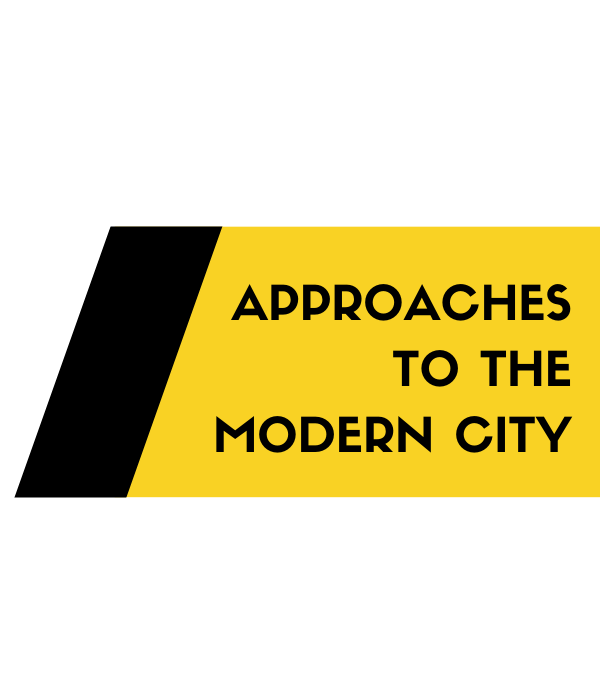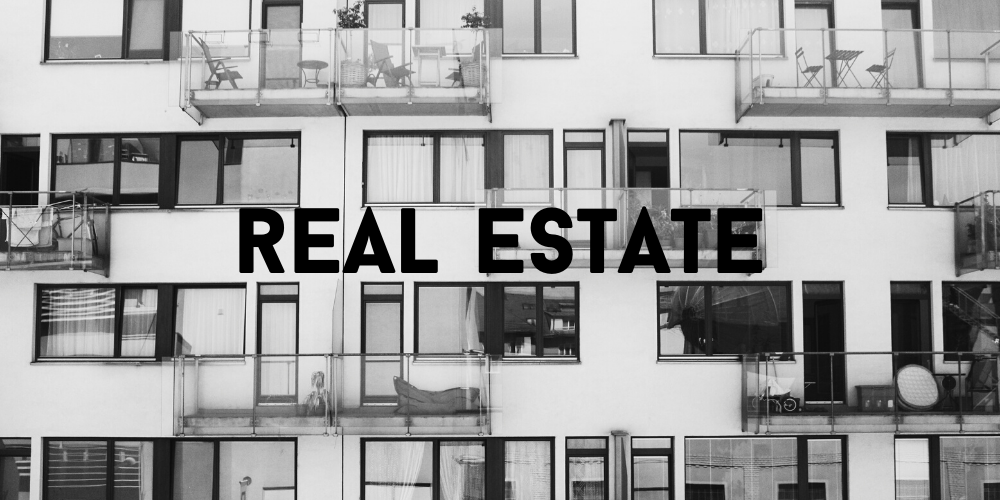By Minh Vu
Questions
- What are Kyoto’s regulations on landscape?
- How does Kyoto’s “landscape debate” (keikan ronso) influence the cityscape compared to land prices? What is the relationship between regulation of landscape and land prices in the real estate market?
Discussion
The unique nature of Kyoto City as a historical center of Japan insulates the city from some economic factors that would visibly influence the cityscape of another city. This report concludes that while regulations for the purpose of preserving cultural heritage are the main tool for the municipal government to shape how Kyoto’s skyline should look, economic pressure to develop the city is a determining factor that shapes the skyline as well. Economic pressure drives private developers and the government to build taller buildings that violate the height regulations, after which the government introduces regulation to limit excessive development. This constant push and pull between economic pressure and preserving heritage as a whole is the dynamic behind the city skyline. This report focuses on the development of regulation in Kyoto, followed by a discussion of land prices in the context of the manshon versus machiya architectural conflict.
Because of the historical nature of Kyoto, municipal and central authorities in Tokyo have long been aware of the need to preserve the city explicitly for its heritage, however the concept is defined in different time periods (Baba 2010). The earliest regulation in this spirit is the 1930 Scenic Landscape Districts policy, which zoned districts and established a height limit. The height limit was quickly exceeded and changed again in the 1967 Ancient Capital Cities Preservation Law following the 1964 Kyoto Tower issue. The construction of Kyoto Tower gave rise to high-rises in the central Kyoto area that exceeded the Law’s height limit by setting a precedent for subsequent applications for high-rise construction. The municipal government still favored economic development and accepted these high-rise construction projects, which were not as tall as the Tower, but certainly taller than the limit. The new municipal 1972 Urban Landscape Ordinance, which re-zoned and limited the height in each zone accordingly, acknowledged this development, allowing the heights of previously constructed buildings but prohibiting any more building to exceed the limit (Masafumi and Waley 2003). The national government in Tokyo followed up on the Ordinance, implementing the 1975 revision to the Cultural Properties Law to establish a national standard. In the 1980s, when land prices heated up as a consequence of global macroeconomic conditions, Kyoto observed not a dramatic intrusion of skyscrapers but a gradual change of style and violations of zoned height limits (Yamada 1993, Noguchi 1994, Brumann 2012). The new municipal 1996 Ordinance for the Regulation of the Urban Landscape came along to address the consequences of the real estate market’s volatile period. And again, after the land prices heated up in the early 2000s, the new 2007 Kyoto City Landscape Policy was implemented to address the potential disruption to the cityscape (Matsui and Fukushige 2012).
One important debate outside of the architectural heritage versus economic development discourse surrounds the contention that government authorities, both central and municipal, did not really want to preserve the Kyoto’s heritage before the late 1990s. Masafumi and Waley (2003), Baba (2010), Brumann (2012) all assert that the pressure for economic development drove the government to allow private developers to exceed the height limits. For example, the municipal government applied a simple tactic which took advantage of the loophole of the 1930 Scenic Landscape Districts that restricted the height of “buildings” and not “structures”, thereby classifying the Kyoto Tower as a “structure” and allowing construction to proceed (Baba 2010). In addition, the government allowed private developers, often Japanese household name corporations, to drive out the local residents, allowed for manshon, referring to multi-story apartment buildings made of steel and concrete (the word is derived from the English “mansion”), to take over the face of the city. While architectural style is a different issue, the consequences of landscape regulations can be seen as having a spillover effect onto the overall architectural appearance of the city.
As addressed in the previous report (The City as Social Body), height was a focal factor of regulation, as the visual representation of heritage and tradition as well as symbol and function of economic development. Zoning regulation ties height limits to the zones to ensure the cityscape remains consistent for the purpose of preservation, which would explain why the Kyoto Tower is the only intrusion into Kyoto’s relatively flat skyline. But height is not the only factor, as the “machiya” revival since the late 1990s focuses the discussion of tradition onto the architectural style of the city, which was previously encroached on by the emergence of manshon. Machiya are traditional wooden townhouses constituting one of the two main categories of Japanese vernacular architecture (the other being “minka”). The term applies to any urban commoner dwelling in traditional style, built with natural materials, predominantly wood, with distinct design and functions. But more than just the physical appearance, machiya carried a social function that is associated with the traditional form of family and household organization in Japan (Brumann 2012). Therefore, the early decline of machiya after World War II, coupled with the rise of manshon as a replacement, reflected economic pressures against the preservation of heritage.
To be sure, it is more accurate to assert that the pressure to develop the economy of the city drives the emergence of manshon in Kyoto, not the land prices. The first manshon was built around the time of the Tokyo Olympic of 1964, when the economic pressure was heightened and culminated in the construction of Kyoto Tower (Brumann 2012, 109). Kyoto Tower was to serve as a symbol of modernization in Kyoto during this time, in addition to being a tourist attraction, making it a symbolic rather than a direct catalyst of the following wave of manshon. National authorities introduced regulations to encourage the building of manshon such as the Building Standard Laws and the Fire Services Law, which ban unplastered wooden surfaces, the natural material for most machiya, in the memory of Tokyo’s experience of having been drowned in flame during the war. On the other hand, machiya owners were pressured to sell due to the high prices of the land on which their machiya were built. Subsequently, the losses of machiya increased the value of the remaining few, increasing their value as cultural property. The 1980s, in the time of the heated land prices, saw the worst decline of machiya, almost putting them in the “endangered species” category (Brumann 2012). Noguchi (1994) and Brumann (2012) further explain the distinction that economic pressure for development, rather than land prices, affects the Kyoto’s landscape by introducing a large numbers of manshon. They agree that while changes in land prices correlated with change in architectural style, land prices changed under economic conditions and interacted with the landscapes only indirectly, through regulations. Consequently, economic pressure is the underlying causal factor, whereas land prices are only an indicator. Noguchi (1994) explained that the Land Lease Law and the Building Lease Law make it difficult for people to rent a house or buy a house with leased land by restricting those supplies, forcing them instead to buy the land and then build the house anew. Brumann (2012) then explained that people, especially young parents or post-parenthood returnees from the suburbs, preferred the Kyoto’s center for the conveniences and amenities until they retire to the suburbs. Given that manshon values decline by half after five to ten years, neither the buyers nor the developers looked at manshon as a long-term capital, but rather simply as a place to live. Because of this rationale, after the 1980s land price surge, manshon development continued unabated to replace the aging buildings and meet the living demand.
Nonetheless, as manshon became the choice of the typical residential building in Kyoto, the machiya lost its place as a residential building but gained value as cultural property. The machiya revival began in the early 1990s, not in a wave of building new machiya but in the adoption of the style together with changing functions. Although Brumann (2012) did not have a reason for the revival, he suggested the personal affection for the style as the main reason. Machiya and machiya architectural elements became attractive for both commercial and residential purposes and became a focus of historical preservation by local residents and municipal authorities. In this period, people sought machiya for rental and sale, held public symposiums and workshops on machiya, and responded favorably to the first general survey of the machiya stock in 1998 by Kyoto City. Entering the 21st century, Kyoto is left with a mixture of modern-looking high-rises in the center with machiya mixed in.
Sources
Baba, Yoshihiko. “Modern or ‘Unmodern’? Understanding the Landscape Disputes of Kyoto Tower and Kyoto Station”. Czasopismo Techniczne. Architektura 107, no. 4-A (2010): 113-126.
Brumann, Christoph. Tradition, Democracy and The Townscape of Kyoto. Routledge, 2012.
Masafumi, Yamasaki, and Paul Waley. “Chapter 12: Kyoto and the Preservation of Urban Landscapes”, Japanese Capitals in Historical Perspective: Place, Power and Memory in Kyoto, Edo and Tokyo, ed. By Nicholas Fieve and Paul Waley. Routledge, 2003.
Matsui, Kazuhisa and Mototsugu Fukushige. “Land Prices and Landscape Preservation Restriction in a Metropolitan Area: The Case of Kyoto City,” Review of Urban & Regional Development Studies Vol. 24 no. 1/2 (March/July 2012), 17-34.
Noguchi, Yukio. “Land Prices and House Prices in Japan.” In Housing Markets in the U.S. and Japan. National Bureau of Economic Research, University of Chicago Press, 1994.
Yamada, Hiroyuki. “On the Fluctuation of Land Prices in Postwar Japan”, Kyoto University Economic Review Vol. 63 no. 1 (134) (April 1993), 1-13.

